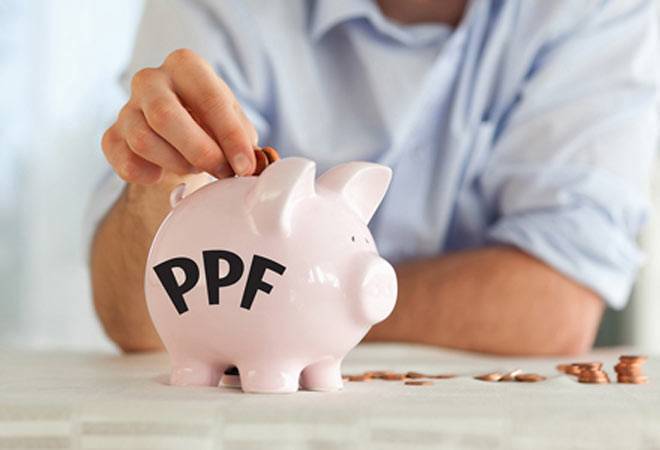For long-term, risk-free investments, the Public Provident Fund (PPF) remains one of the most preferred instruments among investors. Tax-saving benefits and tax-free returns make PPF an ideal investment for long-term financial goals. If this seems like a suitable investment, here are some things about the PPF scheme you must know before investing.
PPF Scheme – Key features
The PPF scheme offers tax deductions up to Rs 1.5 lakh under Section 80C of the Income-Tax (I-T) Act. Moreover, the returns earned are tax-free as well. However, a lock-in period of 15 years applies to the investment, during which you cannot make any withdrawals. The scheme does allow partial withdrawals during the lock-in period in exceptional circumstances, such as a medical emergency. An individual can only hold one PPF account, and the scheme is open solely to Indian citizens.
Read more: EPFO likely to come out with another detailed circular on higher pension
In the case of PPF, the capital investment, interest earned, and the final returns received upon maturity are all exempt from taxes. You can start a PPF investment with a minimum yearly deposit of Rs 500. The maximum yearly investment is capped at Rs 1.5 lakh. Your account may become inactive if you fail to make the minimum investment in a year.
Interest offered under PPF is decided at the start of each quarter and is subject to revision from time to time. PPF currently offers an interest rate of 7.1% per annum, which compounds annually.
Interest rates offered by PPF vs FD
If you fall in the 30% tax bracket, investing in PPF can give you higher returns than a bank FD. Most banks currently offer rates ranging between 6.5% and 7% on long-term deposits. However, the interest yielded by such deposits is taxed based on the slab rate applicable to you. Thus, post-taxation, the final interest you get hovers around 4.55% to 4.90% per annum.
On the other hand, PPF returns are entirely tax-free. So, if you are earning 7.1% interest in the current market, it is effectively higher by 2.22% to 2.55% per annum than the post-tax interest offered by FDs. Do note you can only invest up to Rs 1.5 lakh per annum and a minimum investment of Rs 500 per year.
How Much Should You Invest in PPF?
Your investment in PPF must be in sync with your financial goals. If you are clear about your goals, you can quickly answer how much you should save in your PPF account. Suppose you need Rs 25 lakh in 15 years for your children’s education. So, if you save Rs 1 lakh annually and if we calculate at the current interest rate of 7.1%, then your total amount at maturity after 15 years would be Rs 27,12,139. Depending on your requirement, you can allocate your funds to the PPF. The interest rate in the PPF scheme is decided by the Central government and is declared quarterly.
As you grow older, your risk appetite tends to reduce as well. PPF is an ideal low-risk option to include in your portfolio, but it should not be the only one. Explore other low-risk investments while considering crucial factors such as return, liquidity, and tenure. The focus, in the end, must always be on building a balanced portfolio and being disciplined with your investments.





































